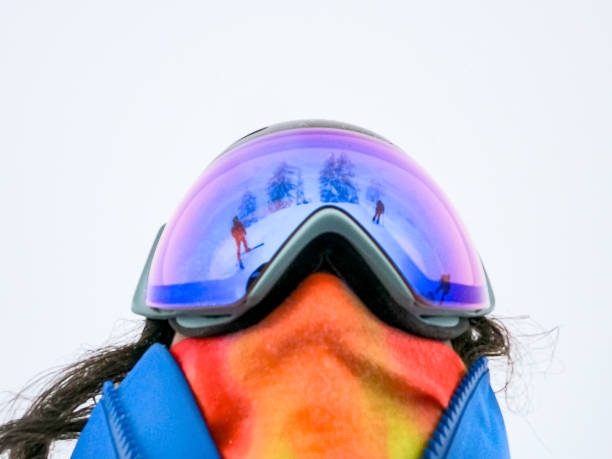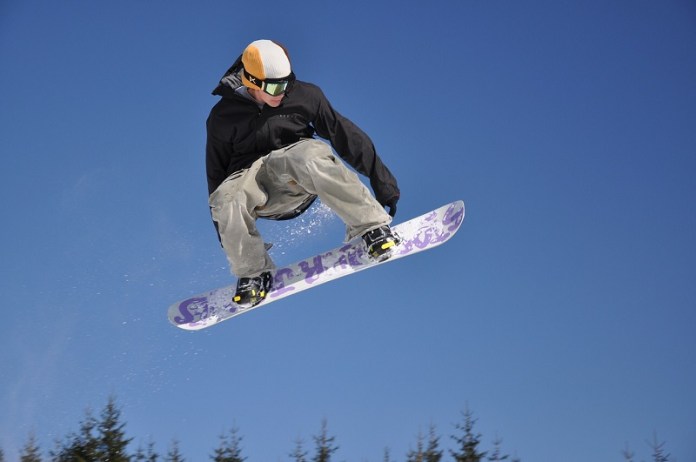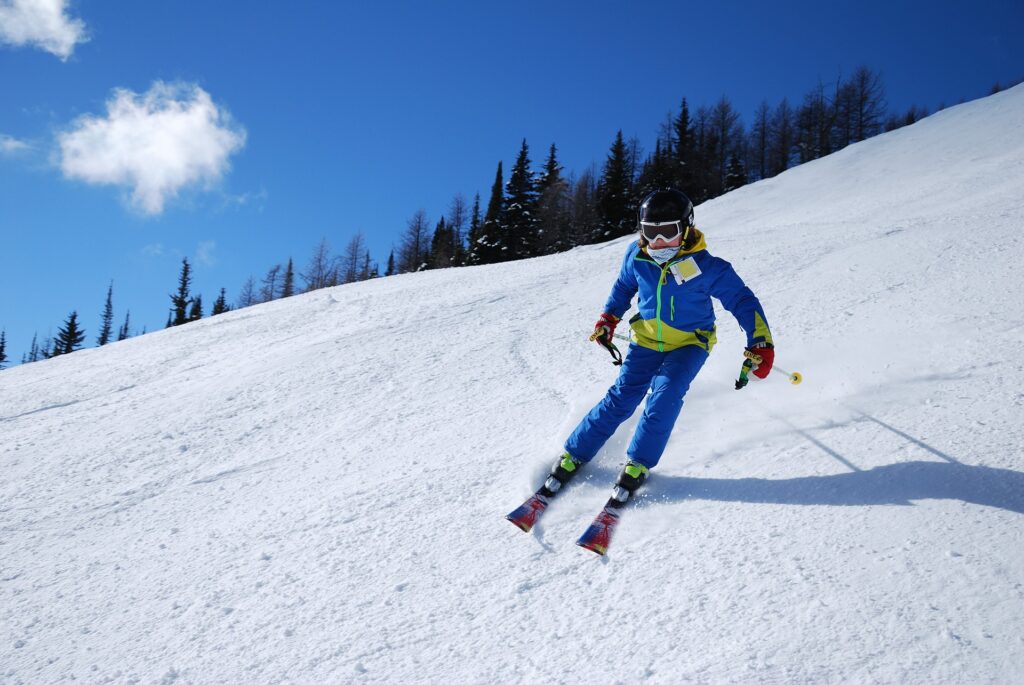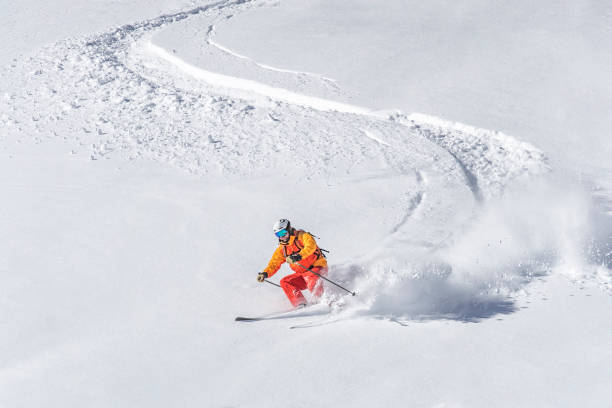Don’t let the presence of snow dissuade you from enjoying extensive nature walks if you’re an outdoor or hiking enthusiast. By equipping yourself with appropriate attire and essential equipment, you can keep safe from the cold and bask in delight as you navigate through the snow in your snowshoes.
Snowshoeing has been done by our ancestors for ages to travel from one place to another. So, if they can do it without the help of modern clothing technology, why can’t you when at this age most of the stuff to keep warm are available in the market? Don’t let the cold get to you, grab those snowshoes and layer yourself with the following to keep you insulated while snowshoeing.

The Essentials
Beginners in any new activity tend to be either over-prepared or under-prepared. The disadvantage of being overly prepared is bringing unnecessary items that won’t be used and just adds to the weight you’re bringing. While being underprepared can put you into discomfort, inconvenience, and even panic. To avoid these mishaps, plan and prepare the basic essentials for your walk on a snow day. Here are some of the basic things you should have:
- The mountaineering/hiking essentials such as navigational tools, first aid kit, knife, fire starter kit, extra food and water, extra clothes, gloves, goggles, sun protection, mobile phone, etc.
- Suitable snowshoes for your weight, terrain, and weather conditions
- Warm, waterproof footwear
- Layers of clothing to protect you from the cold weather and moisture
- Adjustable poles

The Snowshoeing Attire
What you wear for snowshoeing is not about giving a fashion statement but rather about surviving the hike in the cold. If it’s your first time, it will influence your experience and determine if you will do it again.
Snowshoeing will expose you to cold for a longer period compared to when you’re just walking on the street on a snowy day. To keep you warm, dress in layers of clothing that you can easily adjust in case of quick-changing weather. As you hike, your body temperature will also change. Adding or removing layers as needed will keep your body at the right temperature.
Base Layer
The base layer clothing is the apparel closest to your skin such as a form-fitting shirt or a pair of tights. Because the base layer is the closest to your body, it plays an important role in keeping your body warm and dry.
Most base layer clothes are made of polyester, merino wool, and silk because of their moisture-wicking feature and insulation ability. But since each person has their own skin qualities that may not always agree with every material. If you have sensitive skin, some fabrics may not be compatible with your skin type and may cause your skin to itch or chafe. So, choose a fabric material that your body prefers and will serve its purpose of keeping you comfortably dry and warm.
Mid-Layer
The mid-layer of your attire provides insulation when you are snowshoeing. Even when the weather is fine, bring a mid-layer just in case the weather changes, you will be kept insulated. Fabrics you can consider using as mid-layer clothing are fleece, polyester, down or synthetic down. But of course, choosing mid-layer clothing must agree with your skin and how your body temperature operates.
Outer Layer
The outer layer is your first protection against outdoor elements such as wind, snow, and rain. Therefore, it is necessary to get an outer layer that can fight these elements. The best choice would be a waterproof windbreaker or hardshell jacket that can shield you from the cold wind and moisture from rain and snow.
Just like what you wear for your upper body, the priority is still to keep your skin and body warm and dry down to your lower body to your feet. You can use breathable waterproof rain pants to repel water or moisture from penetrating your mid-layer and base layer or insulated ski pants to retain warmth.
Hiking Boots
The feet are the closest part of your body closest to the snow when snowshoeing. Therefore, it is extremely important to cover this part absolutely well to avoid getting cold feet, literally. You can wear boots or shoes as long as it is well-insulated and waterproof. Choose footwear that has leather or rubber uppers and thick soles. But if you have a pair of leather hiking boots, this could do as well.
Socks
Focusing on warm and dry skin when winter hiking, you should be wearing synthetic or wool socks with moisture-wicking capability. This will directly protect and keep your feet’ skin warm.
Gaiters
Even when you already have a waterproof pair of pants and shoes, you still need to cover the gap between them so the snow can’t penetrate your socks. The best way to cover it up is by wearing gaiters. It doesn’t need to be fancy or expensive, it just needs to be waterproof to do the job.
Related read: Best Snowboard Bindings 2021 – Reviews
Snowshoes and Microspikes
If you still don’t have your own snowshoes, you can still rent gear. Make sure that it is suitable for your weight and weather conditions. Moisture plus snow is equal to a slippery surface. Microspikes are used to get through the icy trails without slipping.
Gloves or Mittens
Hands can also get cold easily. Gloves and mittens are obviously part of an outfit on a cold day – what more if you’re taking a walk on trails full of snow? The goal is still to keep any part of your skin warm and dry so choose a glove material that will do just that. You can combine waterproof but breathable cover with wool liners or light fleece gloves. But then again, always check the weather to avoid getting too hot or too cold.
Conclusion
To make your winter hiking or snowshoeing bearable and even enjoyable despite being exposed to cold or heat, is to bring the proper gear and wear proper attire. You should always check the weather before doing the trip to make sure you are ready with all your gear and clothing. The weather isn’t always constant throughout the day so it’s better to be prepared just in case.





